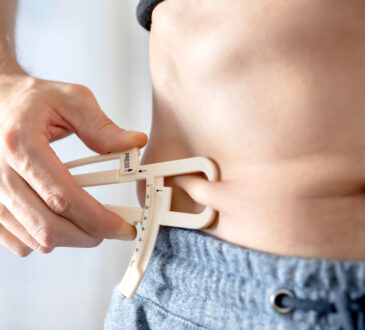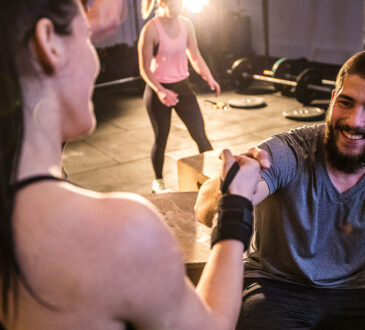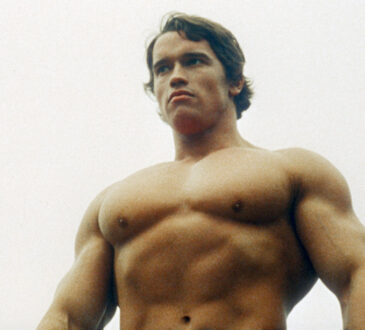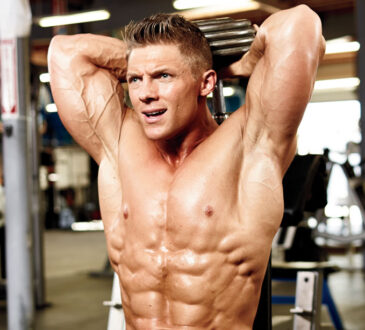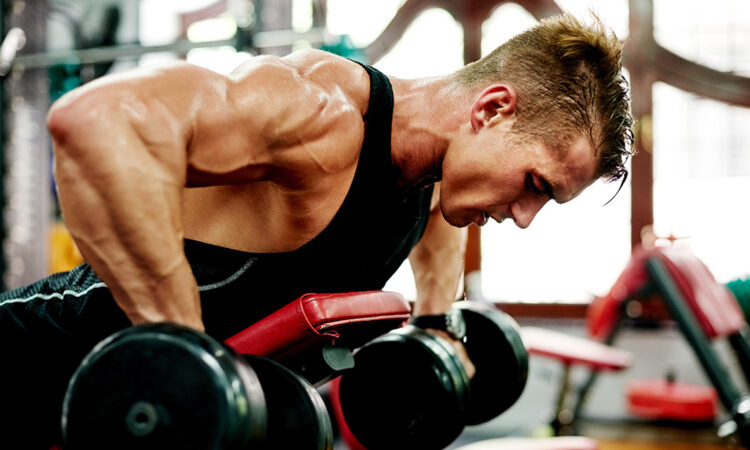
The simplest way to make progress is to stop guessing about your training. Instead of flying blind, take the advice of these top fitness authorities we¡¯ve consulted¡ª10 experts renowned for their knowledge about packing on muscle and transforming bodies¡ªand use the exercises they suggest to maximize results for any body part.
Their recommendations will take your workout¡ªand your body¡ªfrom just average to extraordinary.
1 of 11
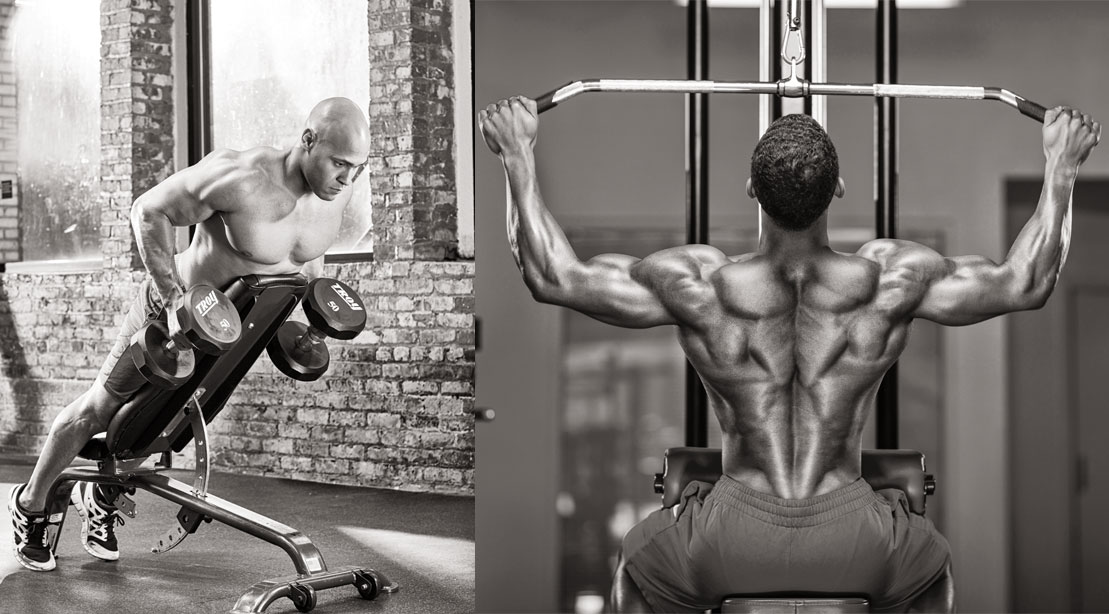
The Body Part: Back
The Best Exercise for Width:?Wide-grip Pulldown
The Best Exercise for Thickness:?Prone Dumbbell Row
The Expert:?Jim Smith
TWO-POINT PLAN
A barn-door-size back is built with two kinds of pulling exercises: horizontal and vertical. The former encompasses all rowing variations, while the latter covers pullups and pulldowns. You must use both kinds of pulling regularly, says Jim Smith, founder of Diesel Strength and Conditioning.
WHAT TO DO
The dumbbell row focuses on your lats, traps, and rhomboids, increasing the thickness of your back. This should be your staple horizontal pulling movement. For vertical pulling, use the wide-grip pulldown. It recruits the lats and teres major muscles, which, when developed, give the appearance of greater width, says Smith.
BONUS TIP
Try this strategy from Smith, called the Diesel Mass method: Do a heavy working set (six to eight reps) of wide-grip overhand pulldowns, then 15 to 20 reps with a lighter load and a different grip, such as a wide-grip underhand pulldown.
2 of 11
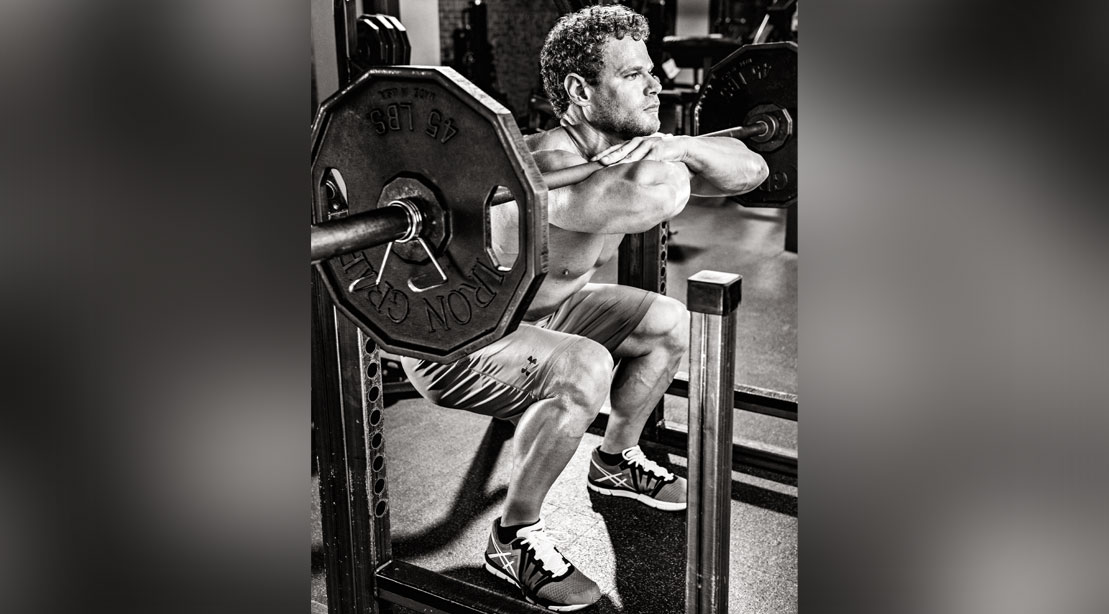
The Body Part: Quads
The Exercise:?Front Squat
The Expert:?Ben Bruno
A SAFER SQUAT
The back squat is widely known as the king of leg exercises, but placing the bar across the front of your shoulders hits the quads even better because it forces you to keep your torso upright, says Ben Bruno, a strength coach in Los Angeles.
WHAT TO DO
If you don¡¯t have the wrist flexibility to use a clean grip, use the ¡°cross arm¡± grip or lifting straps to serve as handles.
BONUS TIP
Keep your elbows pointing straight ahead during the set. Once they drop, your upper back will round, and the bar can fall.
3 of 11
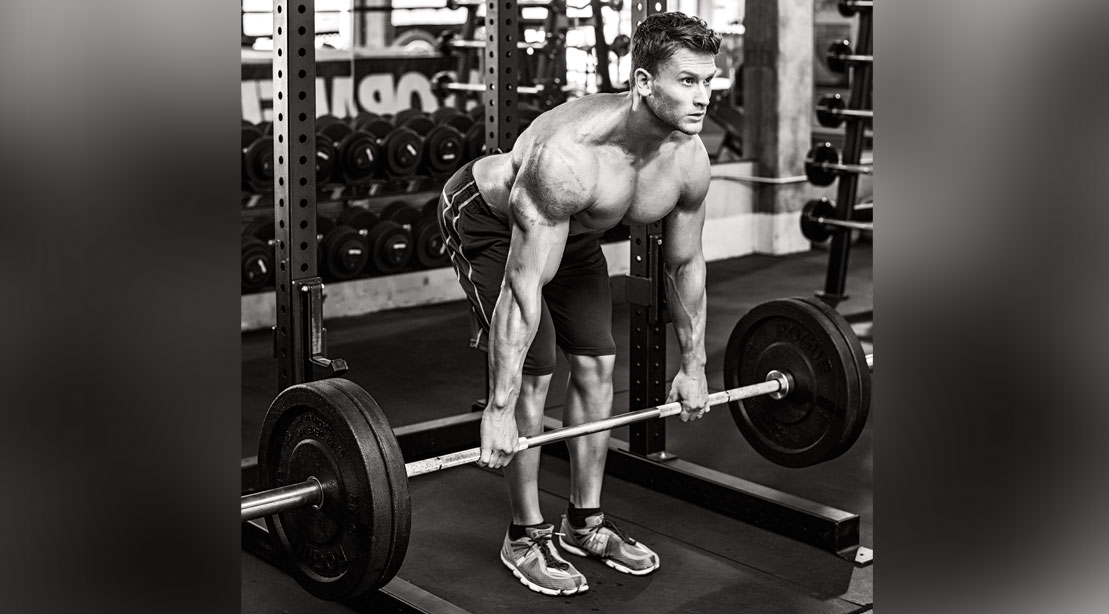
The Body Part: Hamstrings
The Exercise:?Romanian Deadlift
The Expert:?Nick Tumminello
TRUE FUNCTION
These days you hear a lot about ¡°functional¡± exercises, but there¡¯s nothing more functional than an old-school Romanian deadlift. ¡°RDLs lead to results you can see,¡± says Nick Tumminello, founder of Performance University.
WHAT TO DO
To perform an RDL, keep your knees slightly bent. Instead of thinking about lowering your shoulders toward the floor, think about driving your hips backward, which will cause them to hinge, says Tumminello. RDLs transfer to all field, court, and combat sports because the movement closely matches the force-generation patterns involved in sprinting, jumping, and rotating. They¡¯re also effective for building better-looking glutes and hamstrings.
BONUS TIP
Romanian deadlifts contribute to fat loss because they¡¯re a compound exercise, so they burn more calories as they recruit more muscles.
4 of 11
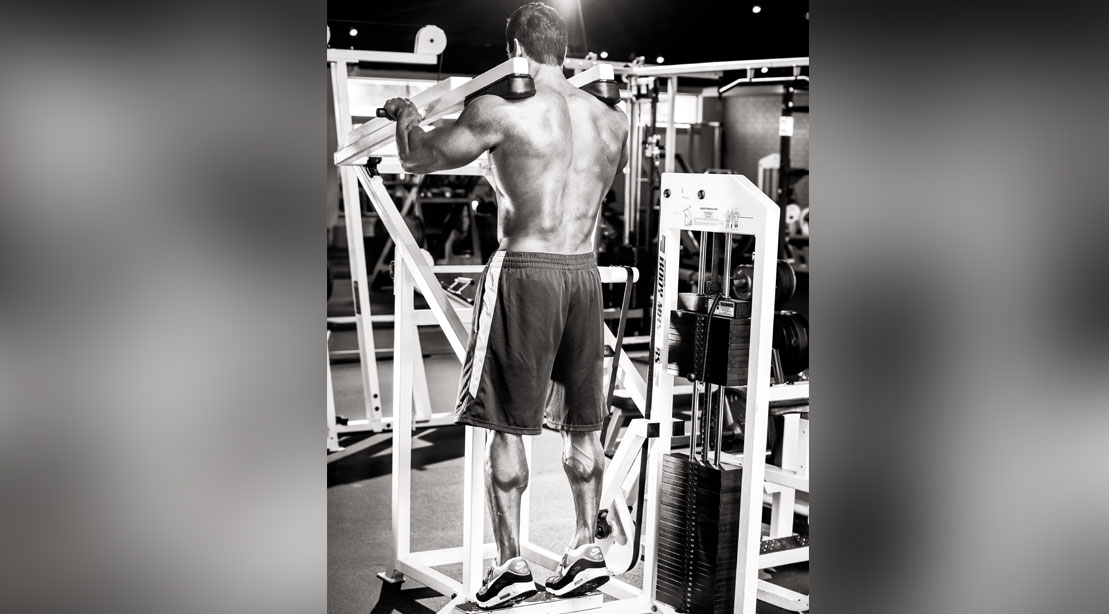
The Body Part: Calves
The Exercise:?Calf Raise
The Expert:?Brad Schoenfield
DOUBLEHEADER
The calves consist of the gastrocnemius and the soleus muscles. The gastroc gets worked by standing calf raises, and the soleus bears the brunt of the load during seated raises. ¡°Optimal calf development requires bent-knee and straight-knee positions for maximal growth,¡± says Brad Schoenfeld, author of The M.A.X. Muscle Plan.
WHAT TO DO
Avoid bouncing out of the bottom of your reps on either exercise. The calves are often tight due to walking and running, so holding the bottom of your reps for a second or two builds stretching into your workout and encourages more long-term growth.
BONUS TIP
There¡¯s some evidence that turning the toes in during a standing calf raise will target the lateral head of the gastroc (it¡¯s a two-headed muscle, just like the biceps), and that turning the toes out will target the medial gastroc. You can alternate your foot placement each set or dedicate one month to training the calves using one foot position and then switching it. You can do the same with seated calf raises for the soleus.
5 of 11
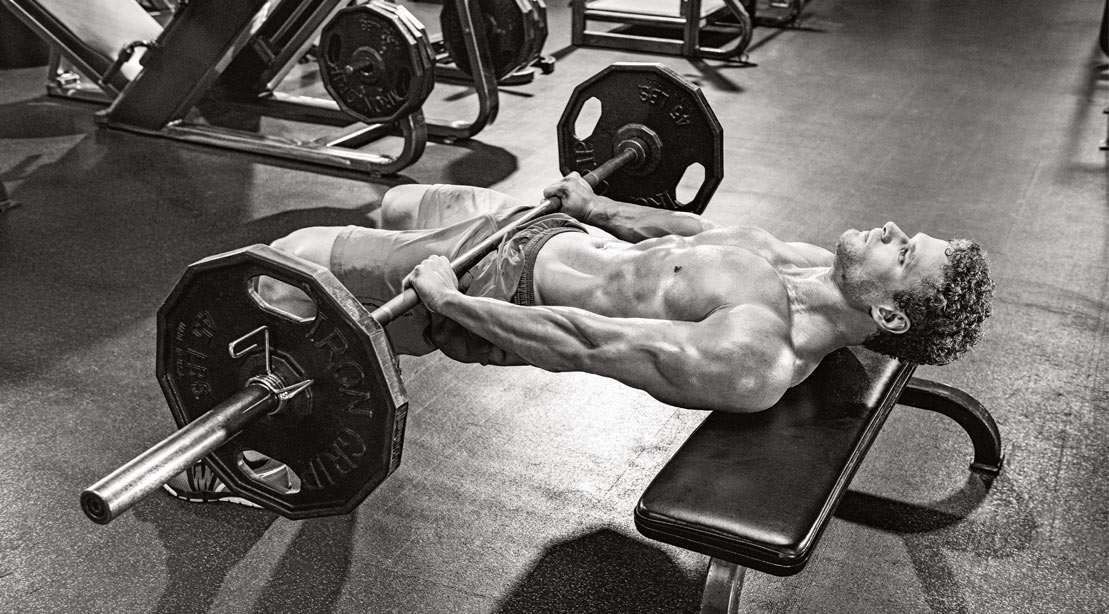
The Body Part: Glutes
The Exercise:?Barbell Hip Thrust
The Expert: Bret Contreras
JACKED ASS
Your glutes are the most powerful muscles in your entire body. And according to Bret Contreras, a glute-training expert in Phoenix, the majority of people neglect them. Build them up with hip thrusts.
WHAT TO DO
The barbell hip thrust maximizes gluteal muscle activation. Strengthening your backside with this movement has been shown to transfer to the squat and deadlift and make for a rounder, fuller-looking butt.
Use a load that allows you to achieve anywhere between eight and 15 reps, says Contreras. Push through your heels and raise your body to full hip extension, and hold the contraction at the top of the movement for a one-second count. Perform the movement off the floor to start and, when you can, off a bench that¡¯s about 16 inches high. (See the photo at left.)
BONUS TIP
Hip thrusts are best used as an assistance exercise on a lower-body day¡ªafter sets of squats and/or deadlifts.
6 of 11
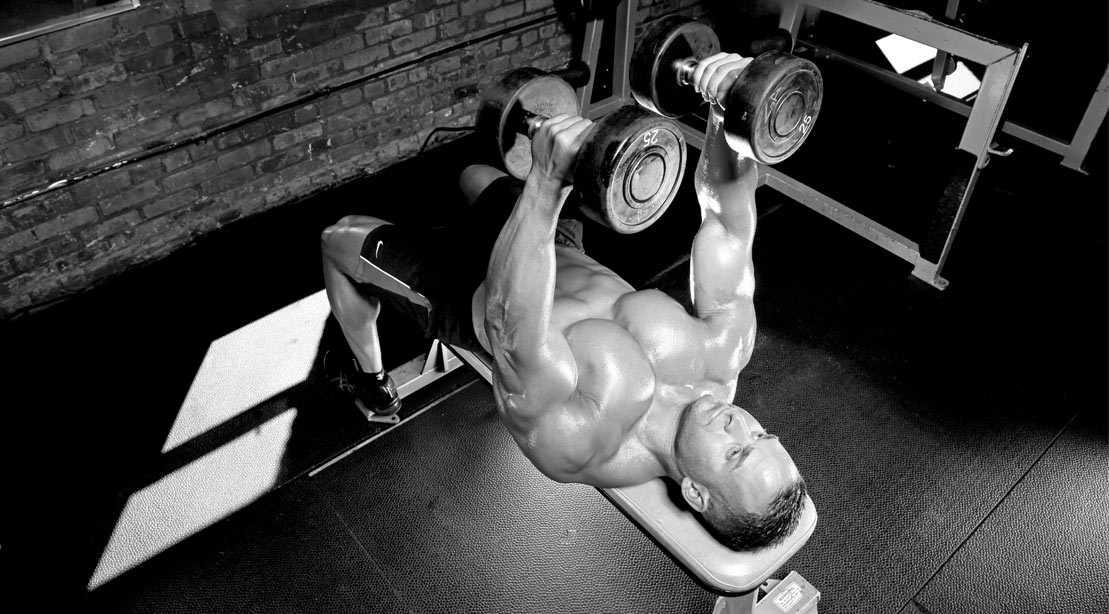
The Body Part: Chest
The Exercise:?Dumbbell Flye
The Expert:?Arnold Schwarzenegger
OAK CHEST
While the bench press is great for building strength, the dumbbell flye is a superior move for targeting pec growth. It allows you to keep tension directly on your pecs for longer periods of time, thoroughly exhausting the muscles so they have to grow and taking them through a fuller range of motion.
WHAT TO DO
The secret sauce is in the range of motion and the squeeze at the top. ¡°Take your flyes all the way down as far as you can,¡± says Arnold Schwarzenegger, ¡°and inhale to expand the chest. Feel the pain and growth.¡± Then try to accelerate up as fast as you can and decelerate as your hands come together. Squeeze your chest at the top. The combination of moving as fast as possible and then having your muscle fibers work to slow down the movement and squeeze will result in a better muscle contraction. In other words: more tension on your muscles, less tension on your tendons, and a perfect combination for growth. We can¡¯t guarantee pecs like the Austrian Oak¡¯s, but you¡¯ll definitely see an improvement over what you have now.
BONUS TIP
Use flyes at any point in your workout or at the beginning to pre-exhaust your chest before you hit the bench. Prioritizing your pecs is the first step in boosting pec gains.
7 of 11
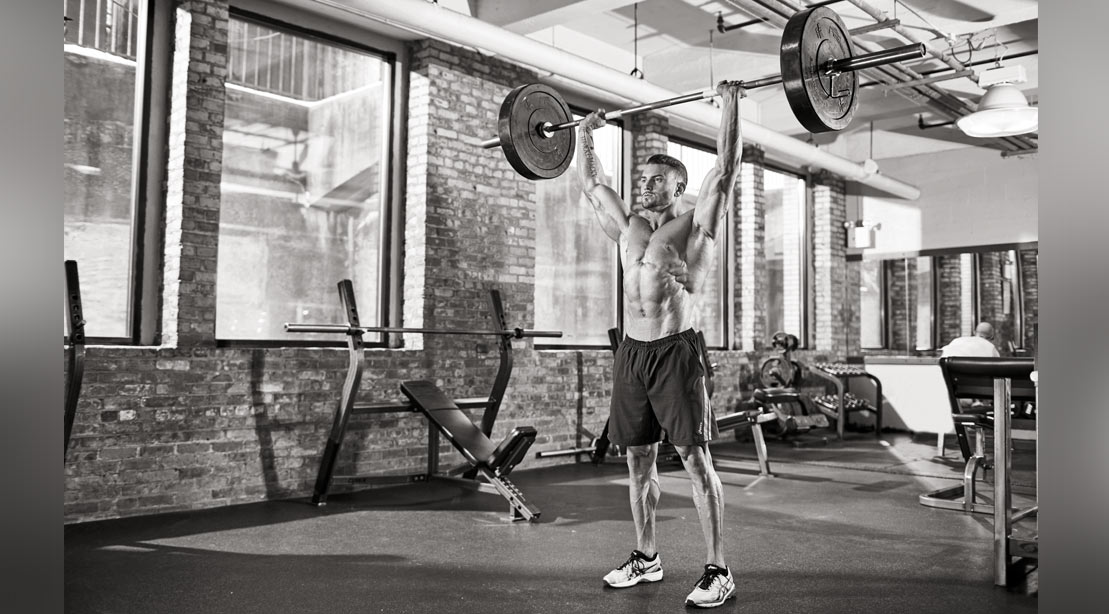
The Body Part: Shoulders
The Exercise: Barbell Overhead Press
The Expert:?Martin Rooney
HEAVY DUTY
No other shoulder exercise lets you go as heavy as the overhead press, which is exactly why it¡¯s the best way to push growth, says Martin Rooney, C.S.C.S., founder of Training for Warriors.
WHAT TO DO
Try using a ¡°false grip,¡± keeping your thumb and fingers on the same side of the bar. This will allow for a little motion at the wrist and?shoulder to make the lift more comfortable.
BONUS TIP
¡°Be sure to pay attention to the eccentric [lowering] phase,¡± says Rooney. That means controlling both the up and down parts of the lift.
8 of 11
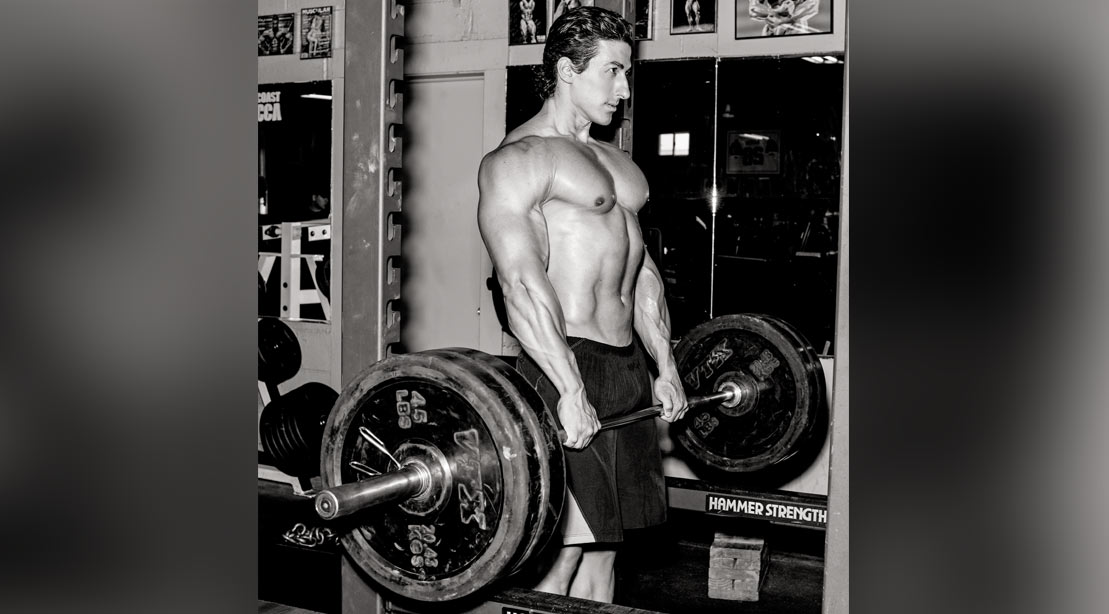
The Body Part: Traps
The Exercise:?Rack Deadlift
The Expert:?Jason Ferruggia
NICE RACK
Deadlifts from the floor are great, but rack deadlifts are more effective for building hulking traps. You don¡¯t have to lift around your knees in the eccentric (lowering) phase, so they¡¯re less stressful to your body and thus easier to recover from, says Jason Ferruggia, owner of Renegade Strength & Conditioning.
WHAT TO DO
Set the bar slightly above knee height. (Having the bar on mats, if available, or plates is better than pins.) Keep a neutral spine and get down in position by pushing your hips back and compressing your hamstrings, says Ferruggia. ¡°Don¡¯t use a belt¡ªuse a double overhand grip [to prevent a potential biceps tear], and crush the bar in your hands.¡±
BONUS TIP
You don¡¯t need to go heavy to make rack deadlifts effective. Start by using 80 percent of your one-rep max deadlift. ¡°You can still get insanely strong and set new PRs with that,¡± Ferruggia says.
9 of 11
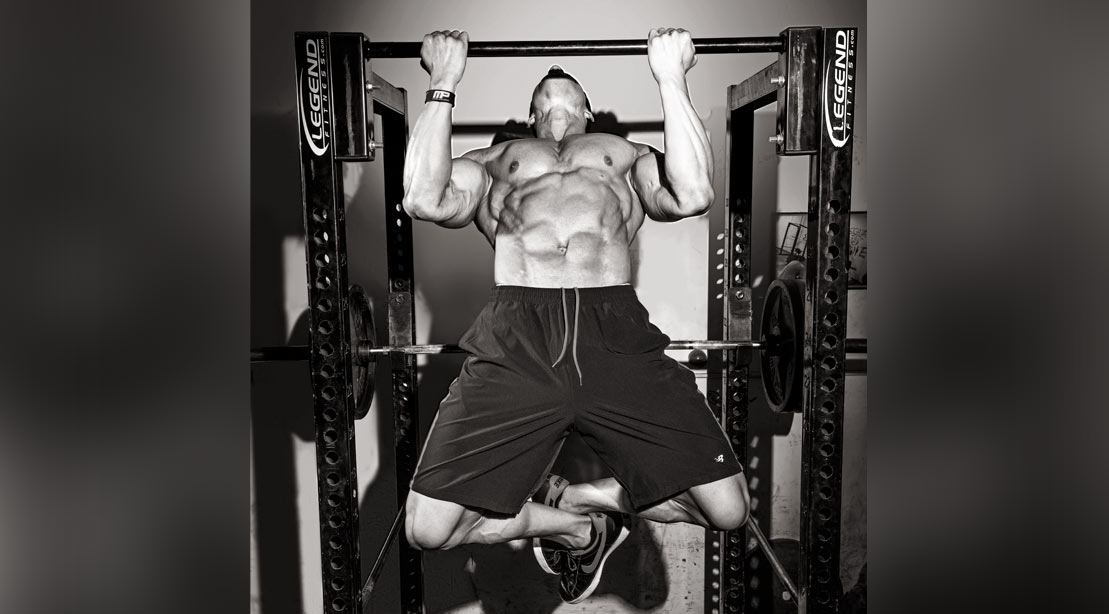
The Body Part: Biceps
The Exercise:?Chinup
The Expert:?Dan Trink
ARM YOURSELF
Curls are fine, but the advantage of chinups is that they let you work your biceps using your full body weight, says Dan Trink, C.S.C.S., founder of Trink Fitness. It¡¯s that type of overload, rather than 30-pound dumbbells, that leads to new biceps growth.
WHAT TO DO
Grasp the bar with an underhand grip (palms facing you). Start from a dead hang with your arms fully extended; drive your chest all the way up to the bar and squeeze your biceps at the top as if you¡¯re flexing. Then take four seconds to lower your body back to a dead hang. You won¡¯t be able to do many reps, but you¡¯ll see your arms grow.
BONUS TIP
Avoid excessive biceps work. You don¡¯t need to do direct arm training more than twice a week if your program already includes chinups and row variations¡ªthat¡¯s overkill. Also, curls should be done light. Never go below six reps per set. Save heavy loads for chinups. (They can handle it.)
10 of 11
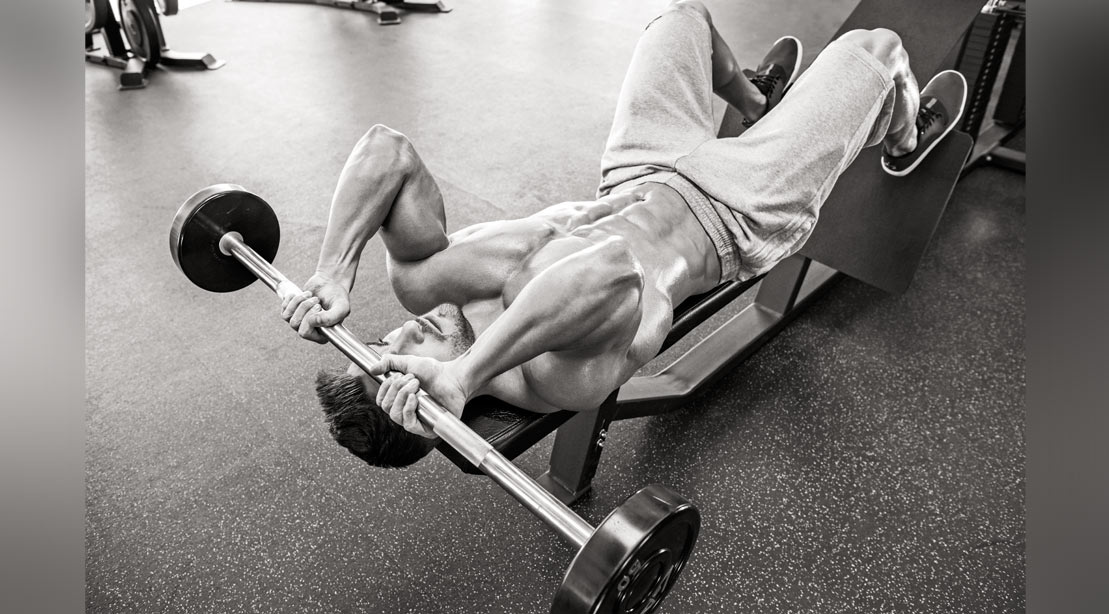
The Body Part: Triceps
The Exercise: Decline Triceps Extension
The Expert:?Dan Trink
CRUSH ¡¯EM
Lying triceps extensions (aka skull crushers) build the perfect horseshoe triceps, says Trink. But performing them on a decline bench takes it up another notch. The decline bench puts a greater stretch on the triceps, forcing them to contract harder and recruit more fibers. The angle also makes it more difficult for the weight to rest on your elbow joints. Having your arms point behind your head keeps the tension where you want it¡ªon the triceps themselves.
WHAT TO DO
Set the bench to a 30-degree decline and secure your feet. Have a partner hand you the bar and hold it behind your head. Keep your upper arms in this position. Lower the bar to the space between your eyebrows and hairline, taking three to four seconds to do so. (Don¡¯t sling the bar back behind your head or slam it into your forehead¡ªneither is good for your health or your performance.) Then press the weight back to the starting position and flex your triceps at the top.
BONUS TIP
Keep reps on the higher side to protect your elbows, and use an EZ-bar to take pressure off your wrists. Another option: Use dumbbells.
11 of 11
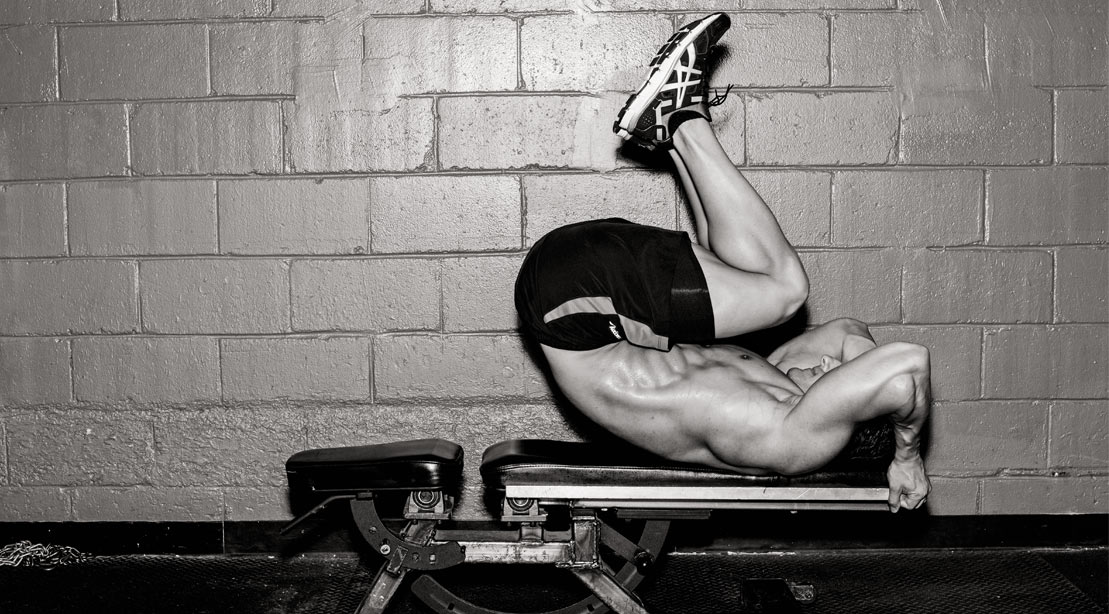
The Body Part: Abs
The Exercise:?Lying Bench Hip Rollup
The Expert:?Ron Mathews
LET IT ROLL
The lying bench hip rollup strengthens your deep core muscles¡ªthe transverse abdominis and obliques¡ªsays Ron Mathews, trainer to celebs like Joe Manganiello and Hugh Jackman. The two primary functions of these muscles are pulling the ribs down and stabilizing the spine. Why is this so important? Because if your rib cage raises, it forces your back to arch excessively, which isn¡¯t efficient for transferring force and can lead to injury. Strengthening these muscles will help your posture, protect your back, and minimize lost force across the core.
WHAT TO DO
Lie down on a bench, reach over your head, and grab hold of the bench with your elbows pointing up. Raise your legs so that your thighs are perpendicular to the floor and your shins are parallel, creating a 90-degree angle at your hips and knees. Press your lower back flat into the bench and don¡¯t let it arch at all for the entire exercise. While keeping your back flat, extend your legs out straight. Slowly bring your legs back in to the starting position and then continue to roll your hips off the bench one vertebrae at a time. Slowly lower your hips with control. Perform 10 full reps, then another 10 with just the hip roll up and down but not the leg extension.
BONUS TIP
Place your ab training at the beginning of your workout if abs are top priority.

